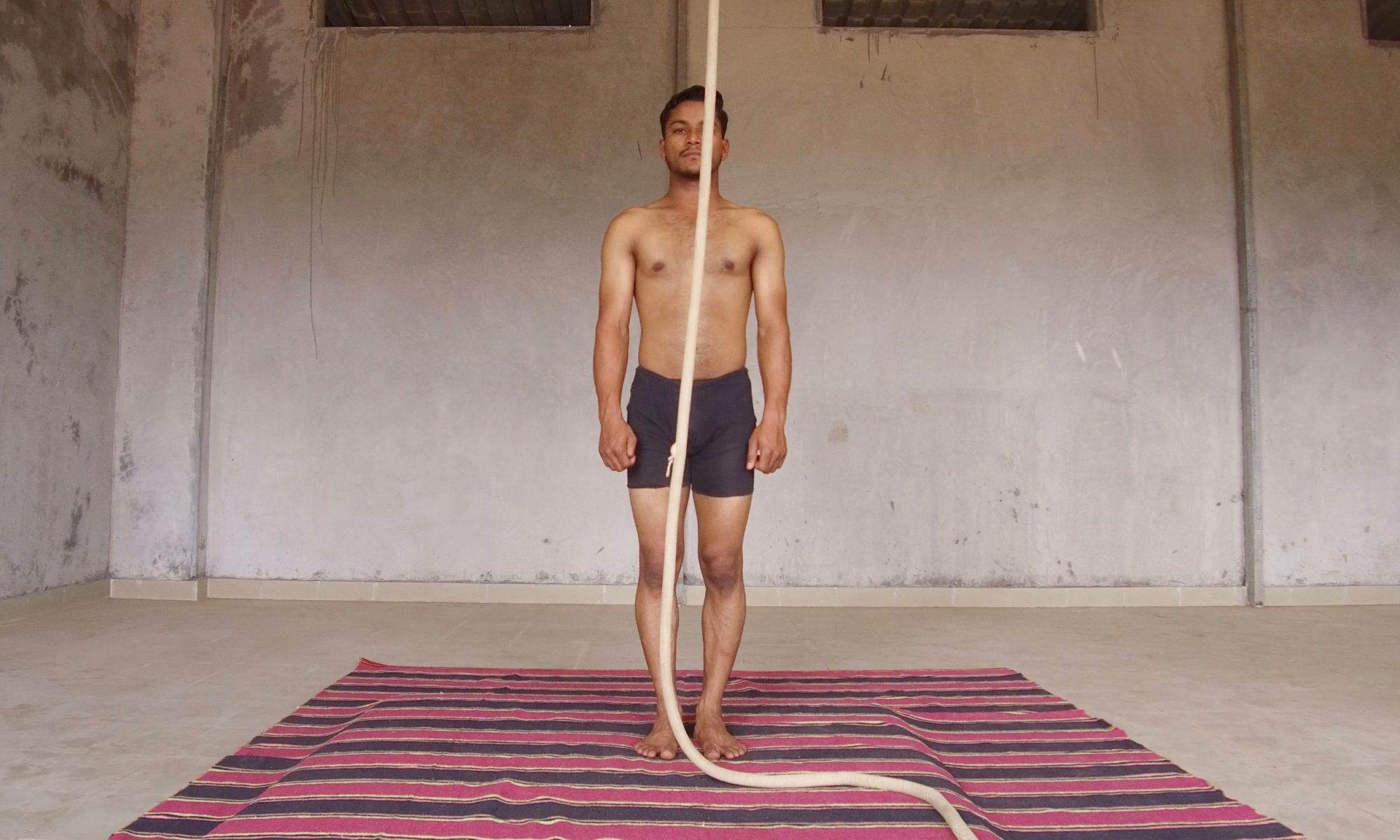The Haṭhābhyāsapaddhati is one of the ten Sanskrit texts that is to be critically edited and translated as part of Haṭha Yoga Project (HYP), a 5-year ERC research project hosted at SOAS, University of London.
The importance of the Haṭhābhyāsapaddhati was first brought to scholarly attention by Dr Jason Birch in 2013 at the conference Yoga in Transformation convened at the University of Vienna. The proceedings of this conference, which includes a discussion of the manuscript and a translation of the āsana section of the Haṭhābhyāsapaddhati, has been published and is available here.
This reconstruction project aims to bring to life the unique content of the Haṭhābhyāsapaddhati through a visual demonstration of the āsana section along with Sanskrit recitation and English translation. The introductory video will present the key project researchers and their understanding of the historical significance of this late-18th century Sanskrit text.
By re-constructing the āsanas in a visual medium, we hope to convey to yoga enthusiasts the significance of the Haṭhābhyāsapaddhati in modern research on yoga by emphasising that this text locates moving and strenuous āsanas within a premodern tradition of Haṭhayoga. Before the discovery of this text, it was thought that these postures were a synthesis produced by the rich physical culture of the Mysore Palace in the nineteenth century. The Haṭhābhyāsapaddhati is new evidence that Haṭhayogins practised these dynamic āsanas before the nineteenth century, and such yogins played an important role in the development of these techniques, some of which required the use of rope and walls.
The Haṭhābhyāsapaddhati extends our knowledge of Haṭhayoga in India prior to British colonialism. During this time, Haṭhayogic āsanas were adapted with a view to cultivating strength and fitness through a comprehensive range of strenuous positions and continuous movements. Two observations can be made about the āsana section. Firstly, the most striking innovation is the inclusion of moving āsanas. Many āsanas are combined with a movement that is to be repeated over and over. Secondly, the categorisation of āsanas suggests that postures were developed and practised in sequences. These sequences appear to be antecedents to those which feature in modern transnational yoga.
Āsana Categories
Supine
Prone
Stationary
Standing
Rope
Piercing the Sun and Moon
During the World Sanskrit Conference, which was held at University of British Columbia (Vancouver) in July, 2018, a preview of the film was shown. This preview was accompanied by presentations from key team members of the HYP on a Special Panel and followed by a ‘question and answer’ session.
We believe the film will be an important means to visually convey the extraordinary content of the Haṭhābhyāsapaddhati.
The complete reconstruction is due for release by the end of 2019.
